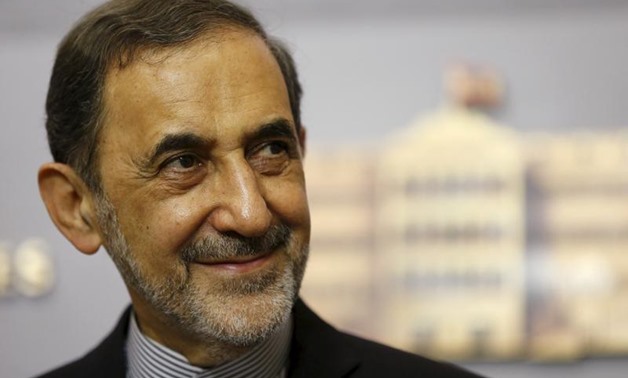
Ali Akbar Velayati, Iran's Supreme Leader Ayatollah Ali Khamenei's top adviser on international affairs, in Beirut May 18, 2015. REUTERS/Mohamed Azakir
CAIRO – 9 November 2017: “You will meet the same fate as your father” is reportedly the threat relayed by the Supreme Leader of Iran advisor Ali Akbar Velayati to the resigned Lebanese Prime Minister Saad Al-Hariri in a meeting held on Friday, November 3.
The oppositionist Iranian website Amadnews published earlier this week a report titled "What happened during the meeting between Velayati and Hariri" revealing that the former made that threat in order to pressure the latter to comply with Iranian demands regarding Hezbollah.
Velayati also threatened sinking Lebanon into chaos; bringing in commanders from Hezbollah's security apparatus and asked them to present documents proving that the Lebanese Future Party (led by Hariri) had provided Western sources with sensitive information that led to the elimination of Hezbollah's field commanders in Syria by Israel.
Hariri refuted supporting the Iran-backed guerrilla group in any way, and announced his resignation the following day from the Saudi capital Riyadh.
Rafik Al-Hariri, essentially a businessman, was the prime minister of Lebanon between 1992 and 1998, and again since 2000 till his resignation in 2004. He was assassinated on February 14, 2005 by Hezbollah militants through a car bomb blowing up his motorcade. He is credited for reconstructing the capital Beirut after the 15-year civil war.
In 2006, Israel imposed a blockade on Lebanon from July 12 through to August 14, for a total of 34 days, because of the missile attack launched by Hezbollah against Israeli border towns in an attempt to release Hezbollah prisoners.
The incidents resulted in Lebanese casualties ranging between 1,191 and 1,300, mostly civilians, and 165 Israeli casualties, including 44 civilians, according to the BBC. Around one million Lebanese and between 300,000 to 500,000 Israelis were displaced, in addition to the destruction of the Lebanese infrastructure.

Comments
Leave a Comment